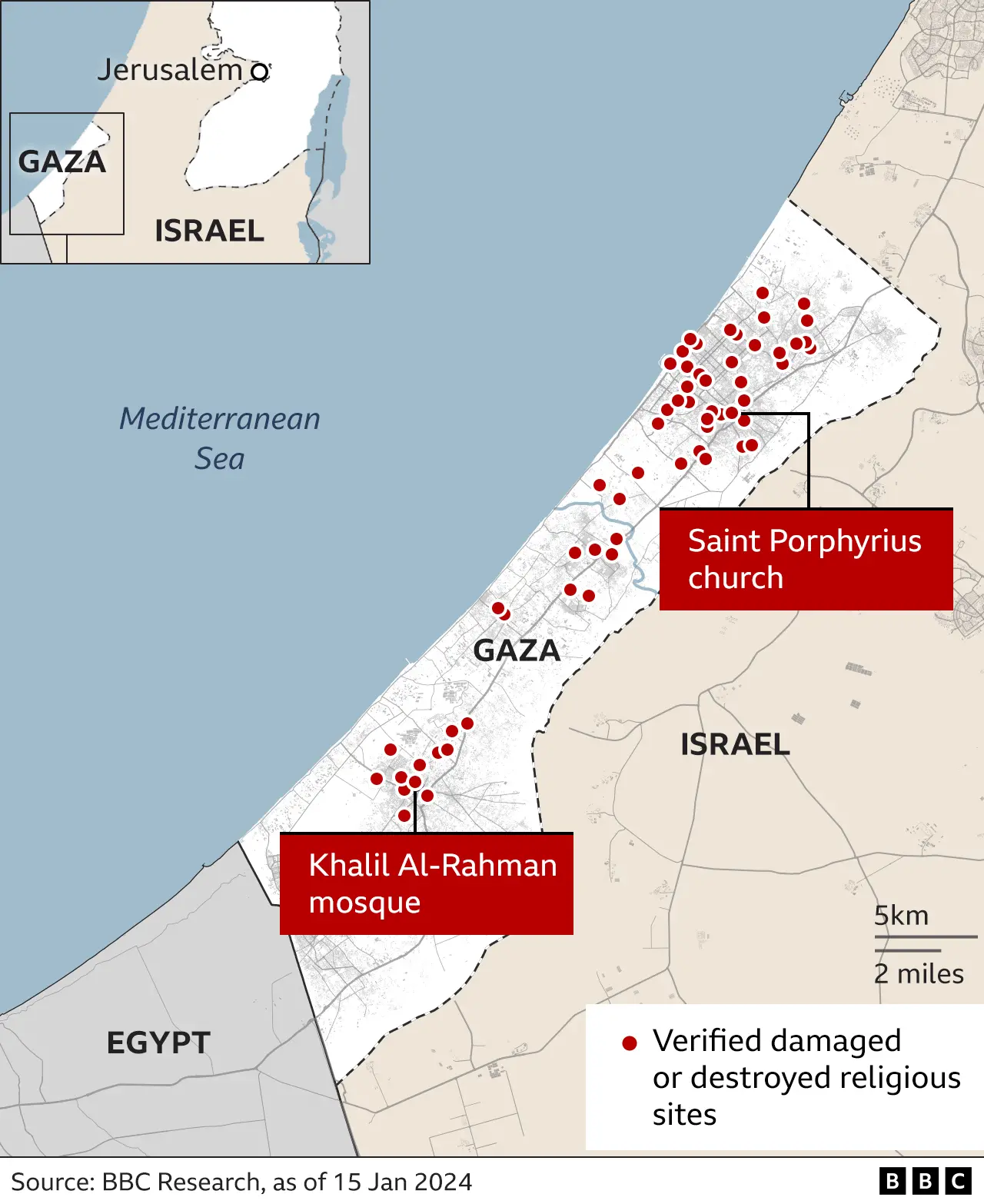Culture
visit facebook of the Palestinian ministry of culturePalestinian culture is deeply rooted in the struggle that the Palestinian peoples have been undergoing for nearly 80 years, as well as their resistance. Palestinians value family, solidarity, community, and honour above all else. Palestinians deeply cherish their diverse and lively culture, rooted in centuries-old traditions, particularly from their agricultural past. Key aspects include strong family ties, warm hospitality, and a deep connection to the land. Traditional handicrafts , such as vibrant embroidery , intricate olive wood carvings, and patterned ceramics, showcase the artistic heritage. Traditional artwork, folk music like the Dabke dance, and other cultural expressions remain prominent.

Museums
The Yasser Arafat Museum, located in Ramallah, serves as a tribute to the legacy of the Palestinian leader, showcasing the contemporary national memory of the Palestinian people. Designed by architect Ja'far Touqan, the museum features modern architecture and aims to preserve Arafat's heritage while educating the public about the Palestinian national movement. Its mission encompasses promoting civic values, supporting academic research, and fostering public dialogue about Palestine's history and struggles for freedom.
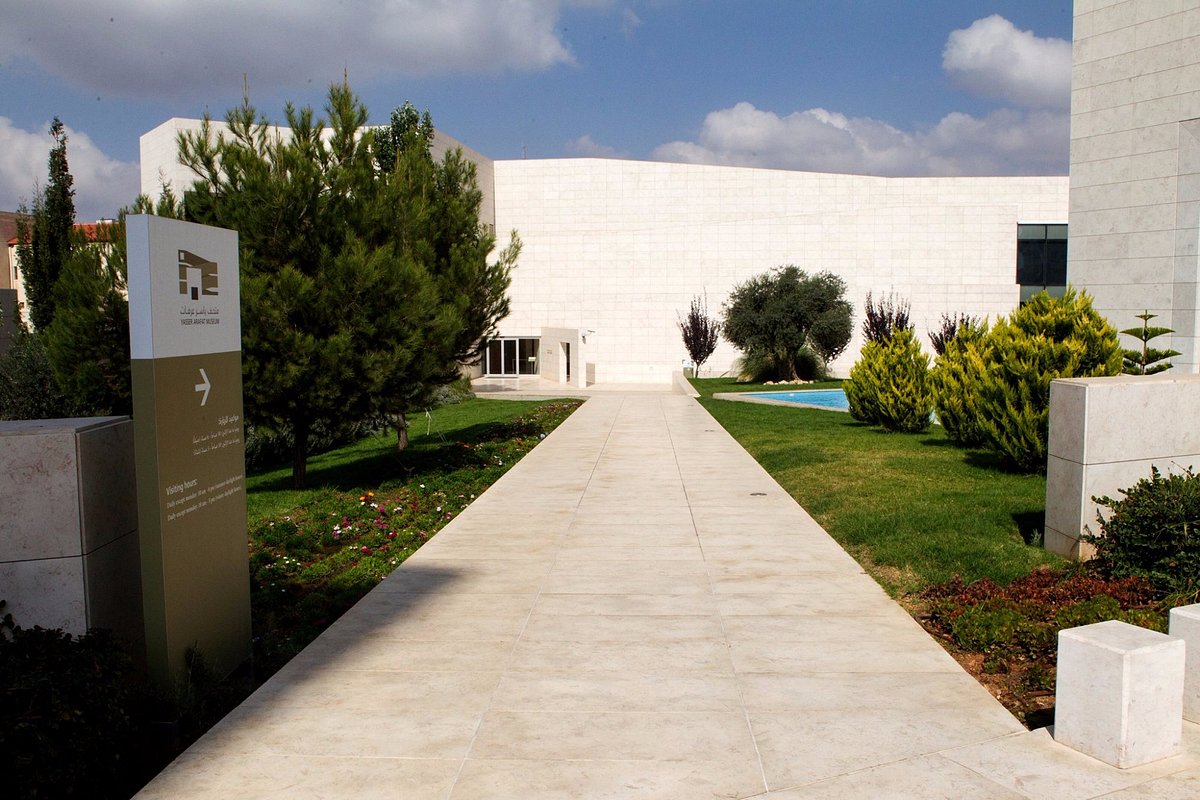
The museum and park, where Mahmoud Darwish’s remains are laid to rest, were designed by renowned Palestinian architect Ja’far Touqan. The site features a multi-purpose hall, open spaces, water pools, an outdoor amphitheater, and public gardens. Inside the museum, there is an electronic library containing Darwish’s books, some of his personal belongings, and photos with family and notable figures. A mural and a brief biography in both Arabic and English are displayed at the entrance, summarizing his life up until his death.
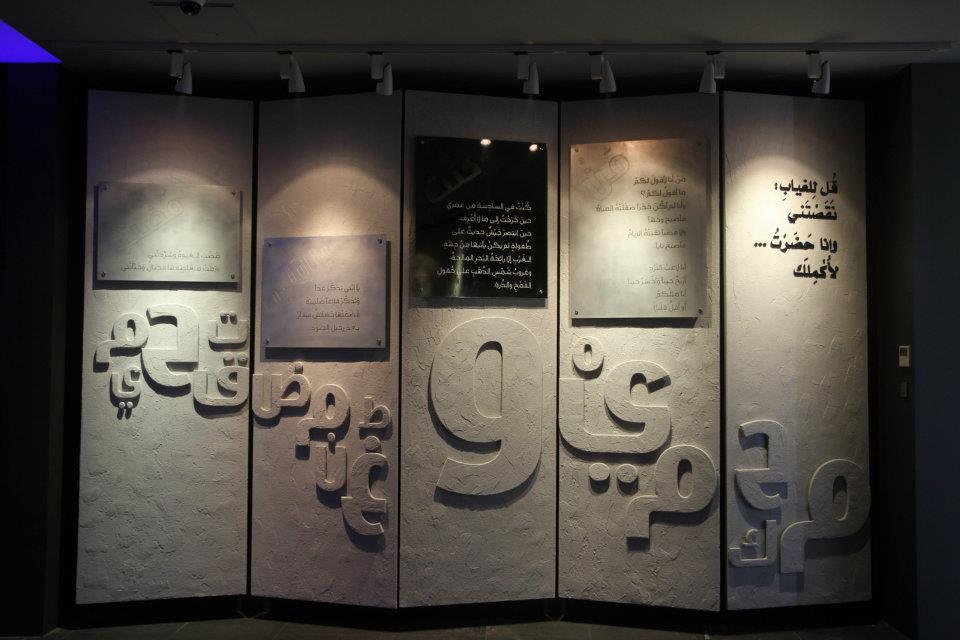
The museum contributes to a vibrant cultural scene with both national and international presence, aiming to strengthen connections between Palestinians and those interested in their culture and history. It focuses on promoting Palestinian culture in the Arab world and globally, fostering an environment for free intellectual and creative expression, advocating the use of culture for education, reinforcing a unified national identity, and encouraging dialogue and tolerance. Designed as a transnational institution, the Museum overcomes geographical and political barriers to reach Palestinians within historic Palestine and beyond. Its digital collections, online platforms, and partnerships enable the sharing of skills, resources, programs, and exhibitions worldwide.
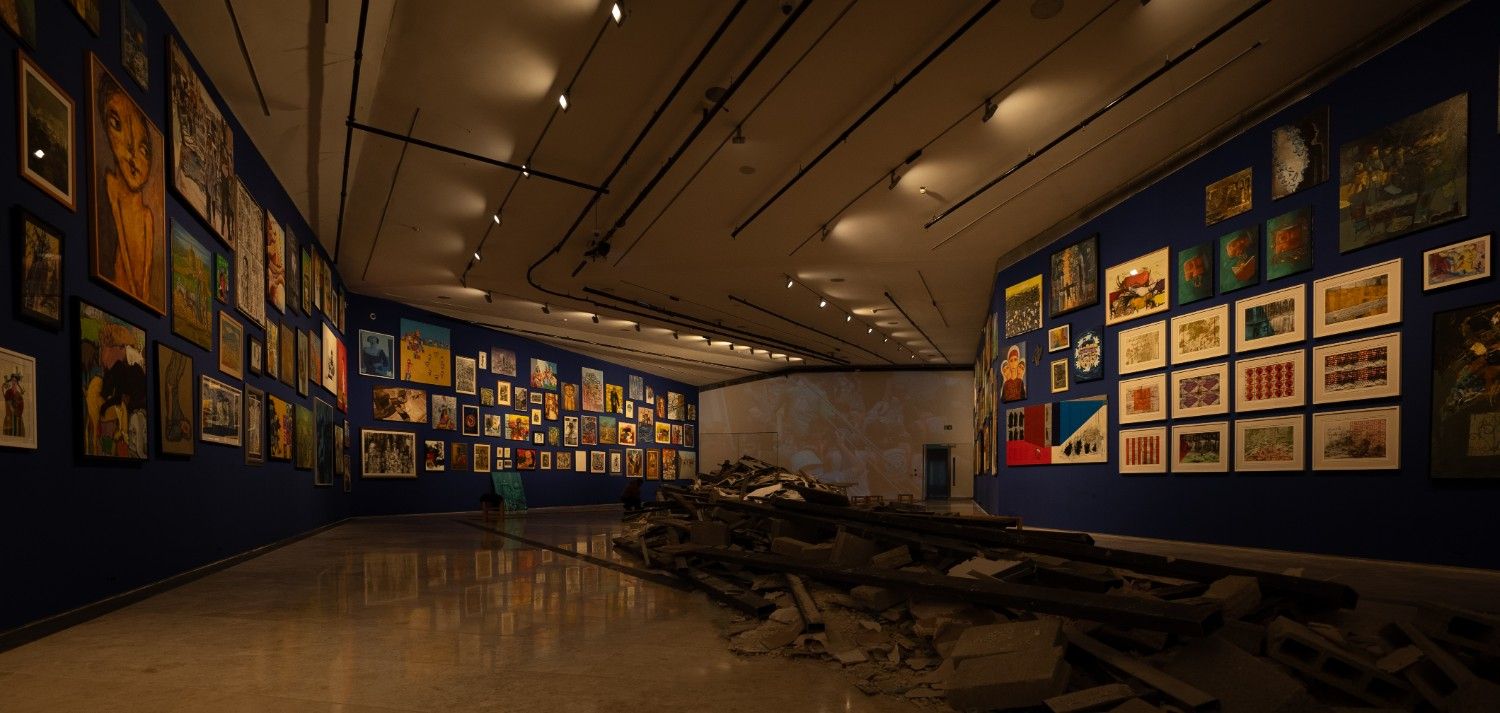
Cuisine
Palestinian cuisine is Mediterranean, largely influenced by Arabic flavors, featuring dishes like Musakhan, Maqluba, Knafeh Nabulsi (from Nablus), and Knafeh Ghazawiya (from Gaza). Palestinian cuisine offers plenty of popular, naturally vegetarian dishes, such as Zaatar or fatayer, or Hummus and Falafel, which also gained popularity in the West.
For recipes, read more at: Palestinian Authentic Food and Tasteatlas best dishes
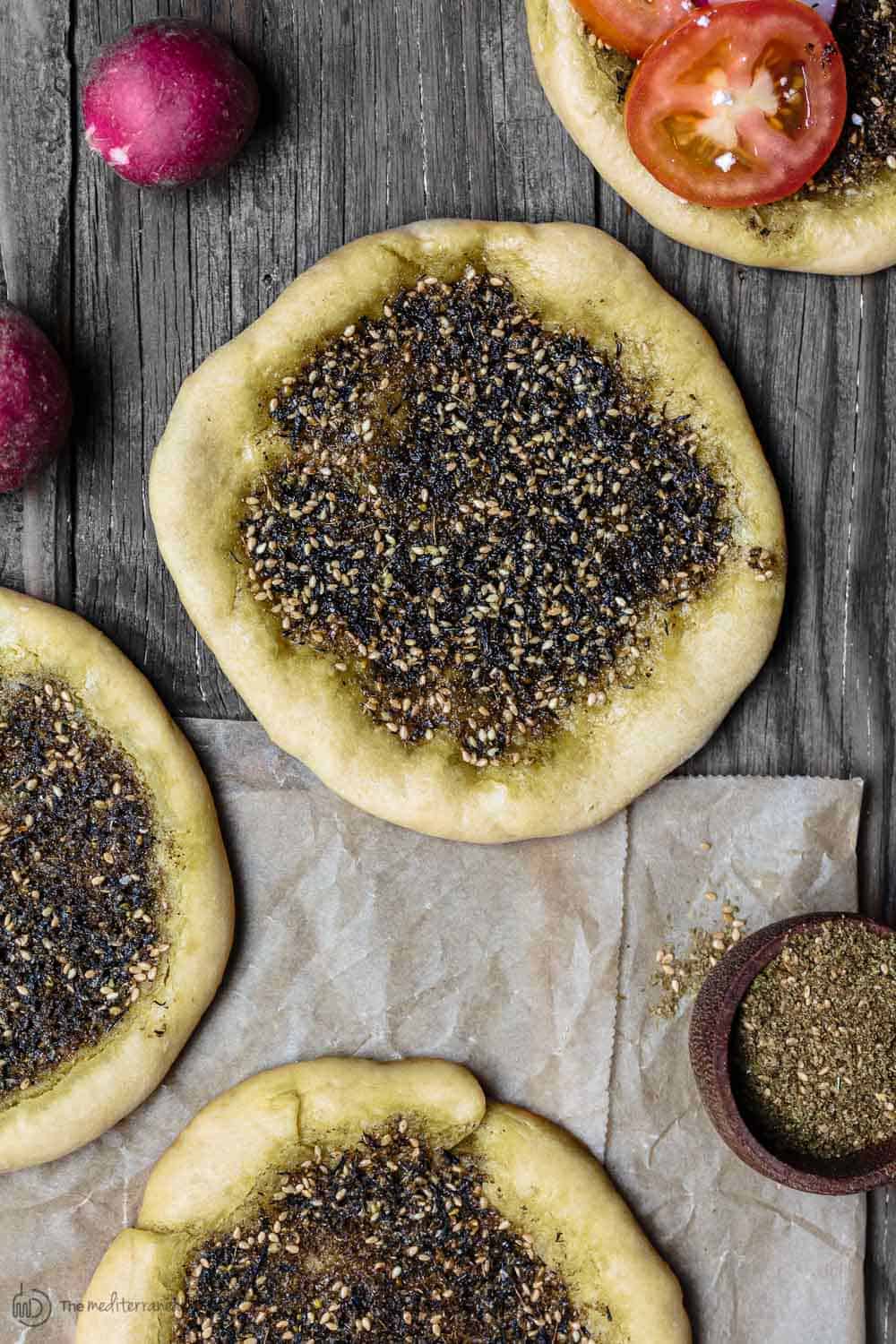
Effects of Occupation
Many priceless holy sites and cultural sites have been damaged or destroyed by the IOF during the genocide of the Palestinian people. The list includes:
- Saint Porphyrius Church, Gaza
- Great Mosque of Gaza
- Tell el-Ajjul archaeological site, Gaza
- Anthedon Harbour, Gaza
- Al-Bureij Mosaic, Al Bureij
- Burquq Castle, Khan Yunis
